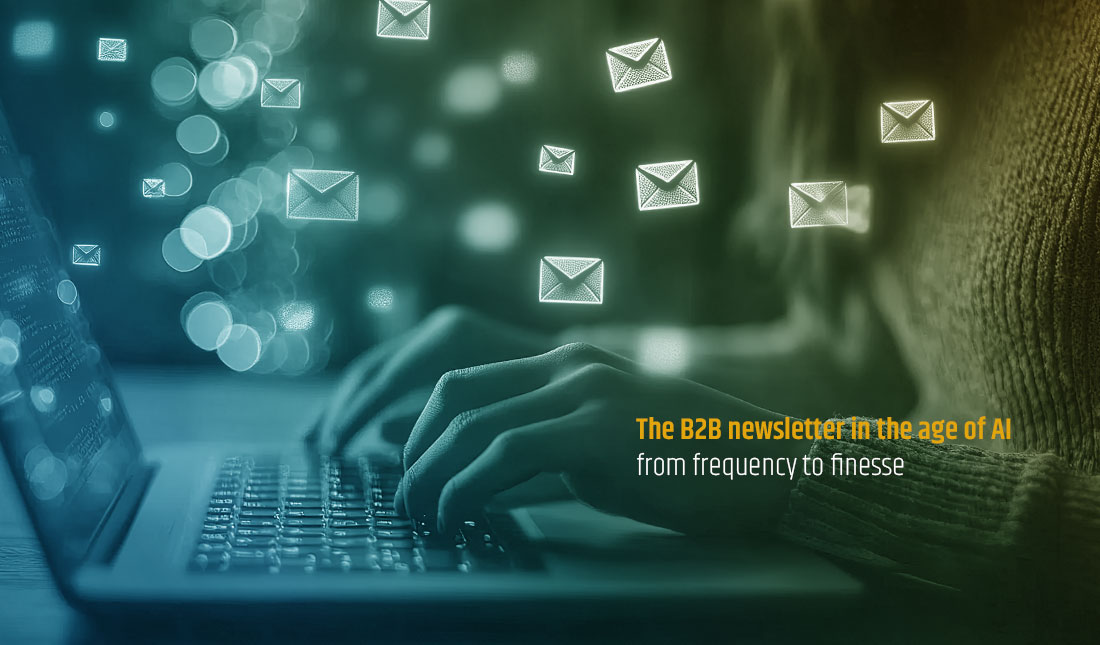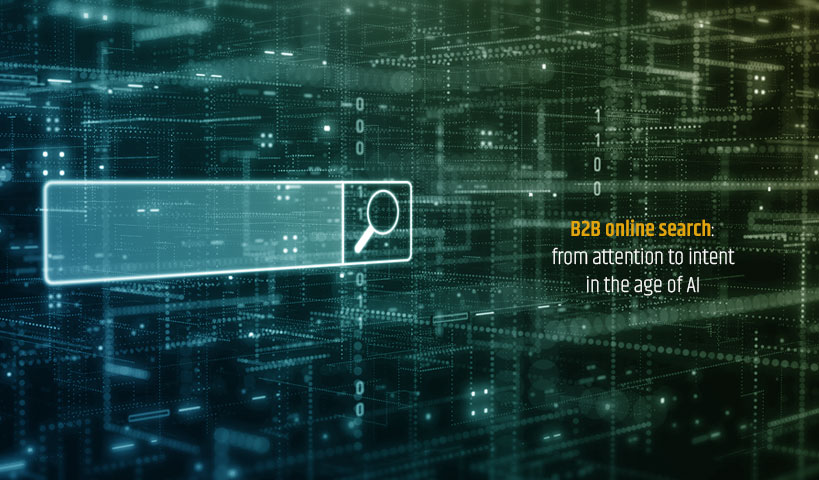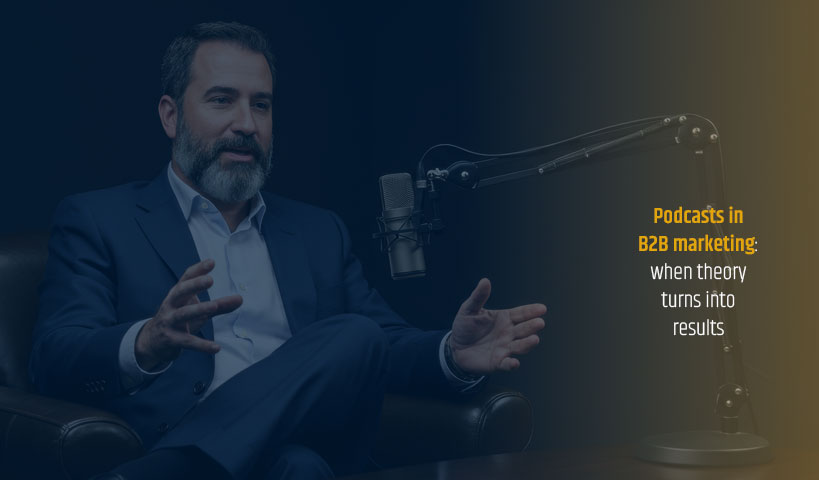
By 2025, the inbox has become a battlefield. Automations, alerts, and promotional messages pile up at a frantic pace. Yet, amid this digital noise, the B2B newsletter holds a rare privilege: it remains a chosen channel. It speaks to readers who have given you permission. Who have agreed to open a small window in their saturated attention span.
However, its relevance no longer depends on how regularly you send it. It now depends on the intelligence behind it. An effective newsletter learns, adapts, and personalizes. Thanks to artificial intelligence, your email becomes a living relationship tool, able to detect weak signals, anticipate needs, and orchestrate the right message at the right time. Today, what makes the difference is not frequency, but finesse. And that finesse is made possible by AI.
Why your B2B newsletter is becoming strategic in the age of AI
Your B2B newsletter remains one of the few media you truly control. It escapes recommendation algorithms and lets you speak directly to your clients, partners, and prospects, in your own tone, with your own priorities and values.
With the arrival of generative AI models, this channel has become a genuine strategic laboratory. You can now experiment, adjust, and optimize your messages continuously. AI helps you predict the best time to send, write variations tailored to your audience segments, and adjust tone depending on the industry. It can even recommend content in real time based on previous interactions and evaluate your message’s performance beyond simple open or click rates.
Your B2B newsletter is no longer a mass mailing. It’s a relational experience, personalized, data-driven, and guided by understanding and linguistic precision.
The challenges of the B2B newsletter in the AI era
Artificial intelligence opens a world of possibilities but it also demands new reflexes. It doesn’t replace human strategy; it extends it. You can’t delegate your brand voice entirely to a model. AI shouldn’t write for you. It should help you write better, with greater clarity, coherence, and accuracy.
Raw, unsupervised data leads to confusion. Poorly managed AI can replicate biases, amplify errors, or distort your tone. That’s why algorithmic vigilance is now a strategic skill. You must guide, supervise, and feed your AI tools with accurate data and clear intent.
Traditional challenges remain: compliance with regulations such as GDPR or Canada’s Anti-Spam Legislation, deliverability management, and fighting digital fatigue. But these challenges take on new depth as AI tools become part of your communications. Human discernment once again becomes your greatest competitive advantage.
Evolving your B2B newsletter with artificial intelligence
In 2025, integrating AI into your newsletter’s life cycle has become second nature. From planning to delivery, it supports every stage but you must remain in charge.
During planning, AI can suggest topics, identify angles based on market trends, or adapt messages for different audiences. During delivery, it helps you understand your readers, choose the right timing, tone, and rhythm. And during analysis, it goes beyond traditional metrics to reveal how your message is perceived, understood, and felt.
Where AI truly transforms your approach is in strategic co-creation. You can now test narrative hypotheses, adjust content based on reactions, or generate message variations for different markets without ever losing your brand identity.
Combined with approaches such as SEO, GEO (Generative Engine Optimization), and LMO (Language Model Optimization), AI strengthens the visibility, coherence, and credibility of your communications in an increasingly conversational digital landscape.
💬 « Artificial intelligence doesn’t replace the human voice. It amplifies it, as long as it’s properly guided. »
— ExoB2B, 2025
Conclusion
Artificial intelligence doesn’t replace humans. It amplifies their ability to understand, anticipate, and communicate with precision. Your B2B newsletter becomes a reflection of this alliance between analytical rigor and relational insight.
It remains the only channel you truly own. But thanks to AI, it also becomes a lever of collective intelligence, able to turn your data into dialogue, your insights into useful content, and your readers into partners.
At ExoB2B, we help companies take this next step: creating B2B newsletters that integrate artificial intelligence without losing the human voice that builds trust. Contact us!
FAQ
How is artificial intelligence transforming the B2B newsletter?
AI makes your B2B newsletter smarter and more relevant. It helps you better understand your readers, adapt messages in real time, and anticipate their needs. Your communication becomes sharper, more coherent, and more effective.
Why does the B2B newsletter remain essential in 2025?
Because it’s still a channel you fully control. In a digital world ruled by platforms and algorithms, the B2B newsletter remains your space for direct, lasting communication with clients.
How can AI be integrated into your B2B newsletter strategy?
Start by analyzing your data, clarifying your segments, and defining key communication moments. AI can then assist in creating, personalizing, and analyzing your newsletters without losing your tone.
What are the risks of using AI in a B2B newsletter?
The main risk comes from over-automation or a loss of linguistic consistency. AI must be supervised and fed with accurate data. It amplifies your voice — but should never replace it.
How do you measure the success of a B2B newsletter in the age of AI?
Open and click rates are no longer enough. You should also assess message comprehension, tone consistency, and reader progression through the buying journey. AI helps interpret these signals to fine-tune your next campaigns.




